What are the Drill Bits?
Drill bits are essential tools for any DIYer, professional tradesperson, or industrial worker. They allow you to make precise, uniform holes in a wide variety of materials.
Different sizes and types of drill bits are available to suit various materials, such as wood, metal, plastic, and masonry. A drill bit set also usually comes with a range of drill accessories and attachments that make the drilling process easier.
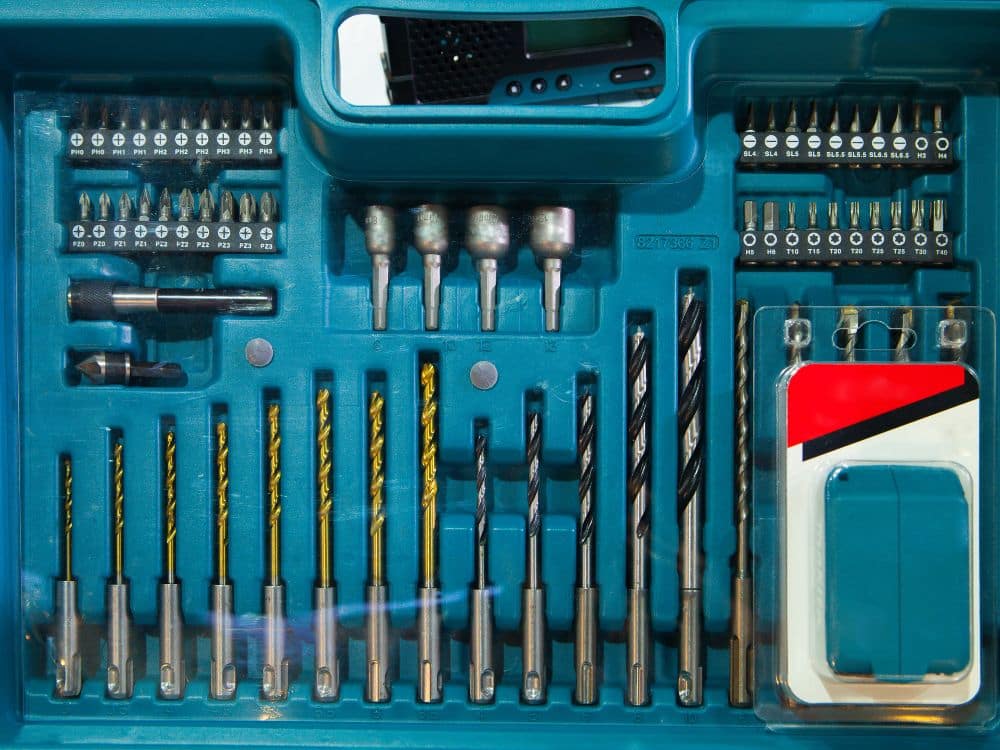
Image: Drill Bit Set
What are the types of Drill Bits?
1. Twist Drill Bits: These are the most common type of drill bit, and they are used to drill holes in metal, wood, plastic, and concrete. They feature a spiral flute pattern along the length of the bit, which helps to remove debris and hold the material in place for a cleaner, more accurate hole.
2. Spade Bits: Spade bits are designed for drilling larger holes in wood. They feature a flat, paddle-shaped tip that cuts a wider hole than twist drill bits.
3. Forstner Bits: Forstner bits are designed for drilling flat-bottomed holes in wood. They feature a central point and a serrated rim that helps to create a smooth, clean hole.
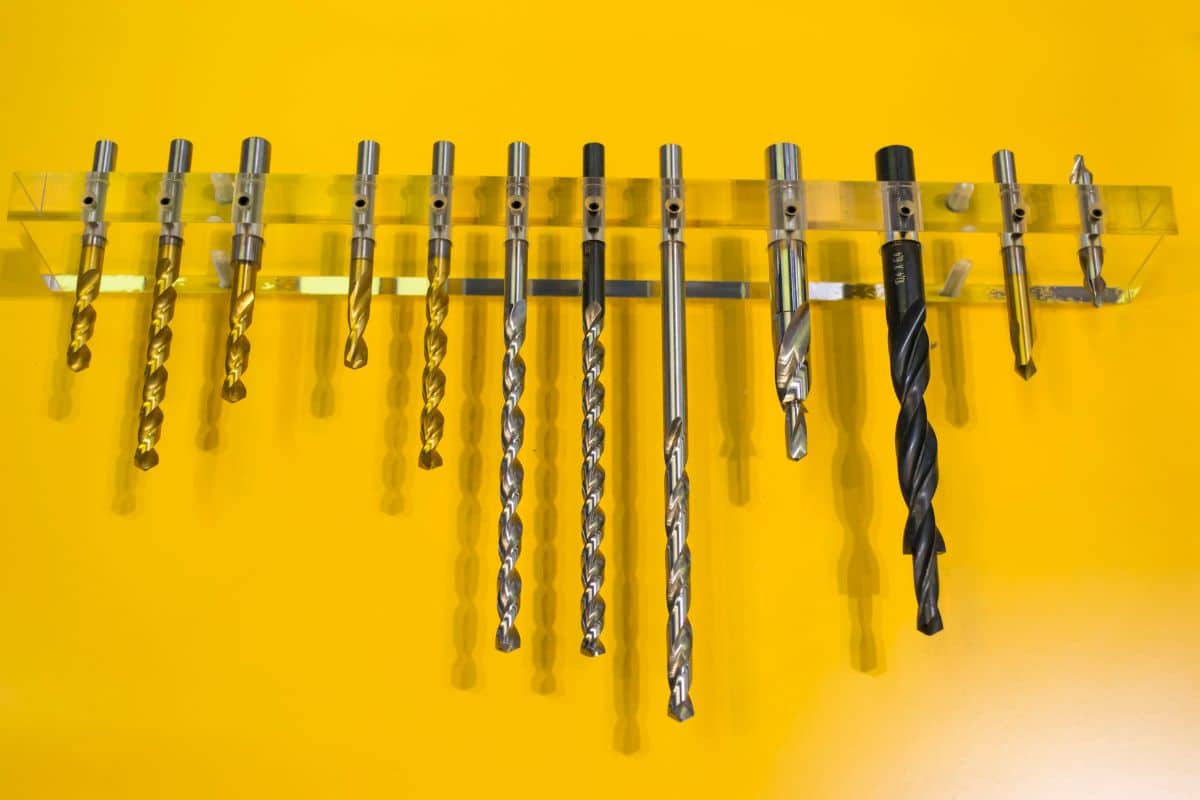
Image: Drill Bit Set
4. Masonry Bits: Masonry bits are designed for drilling into hard materials such as concrete, brick, and stone. They feature a cylindrical shank and a pointed tip that helps to penetrate dense materials.
There are two jaws, just like any other plier. You typically get to see two groove teeth on the upper jaw, and on the lower jaw, you get one groove tooth. These help the plier grip the oil filter as they don’t have any natural grasp.
It would help if you were worried about buying an oil filter plier in size. For different oil filter sizes, you will need to have other pliers. So, if you have to deal with a lot of additional oil filters, chances are you will need a lot of pliers as well.
Let’s get through the basic process of using the oil filter plier. It’s not anything out of the ordinary, and you don’t need to be a professional to use it either. Let’s get going then.
How to use Drill Bits properly?
Image: How to Use Drill Bits
- 1. Select the appropriate bit for the material you are working with.
- 2. Secure the bit in the drill chuck.
- 3. Adjust the depth stop or depth collar to the desired depth.
- 4. Mark the point where you want to drill the hole.
- 5. Place the tip of the bit at the marked point.
- 6. Apply light pressure and switch the drill on.
- 7. Slowly and steadily apply pressure as the bit drills into the material.
- 8. When the desired depth is reached, switch off the drill and remove the bit.
- 9. Inspect the hole to ensure it is of an acceptable quality.
Buying Guide of Drill Bits:
When you are about to buy Drill Bits, you should pay attention to some things. Otherwise, you are just wasting your money on a useless tool.
- 1. Material: Consider the type of material you will be drilling into when selecting a drill bit set, as different materials require different types of drill bits.
- 2. Size: Ensure that the set includes a range of sizes to suit different requirements.
- 3. Shank: Most drill bits have a cylindrical shank, but some have a hexagonal or other shaped shank.
- 4. Accessories: Look for a set that includes a range of accessories such as a depth stop, depth collar, and drill bits for masonry and other materials.
- 5. Price: Drill bit sets vary in price, so consider your budget when selecting a set.
Advantages of the Use of Drill Bits:
There are many advantages of using Drill Bits over anything else. Here they are –
- 1. Drill bits are essential tools, as they allow you to create precise holes in a variety of materials.
2. Drill bit sets come with a range of sizes and types of drill bits that are suitable for different materials.
- 3. Drill bit sets also often include a range of accessories, such as a depth stop, which makes drilling easier.
- 4. Using the correct drill bit can help to reduce wear and tear on the drill, and can also help to extend its lifespan.
Disadvantages of the Use of Drill Bits:
Despite all the advantages, I think some disadvantages can break the deal for some out there. Let’s go through them.
- 1. Drill bits can be expensive, and buying a set of drill bits can be an investment.
- 2. Drill bits can become damaged if used incorrectly or if the material is too hard for the bit.
- 3. If the drill bit is not the correct size for the material being drilled, it can cause the hole to be too large or too small.
- 4. Drill bits can become dull over time, and will need to be replaced.
Subscribe & Get Tools News
We do not spam. You can unsubscribe anytime

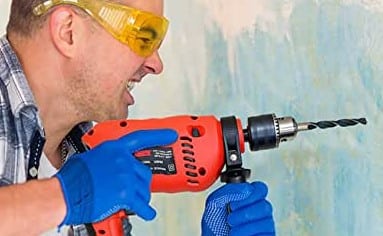


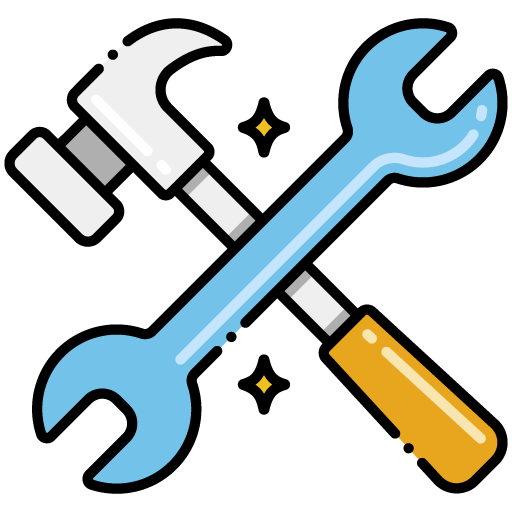

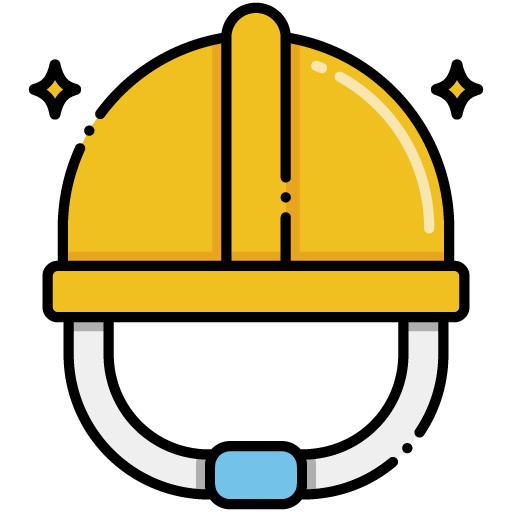
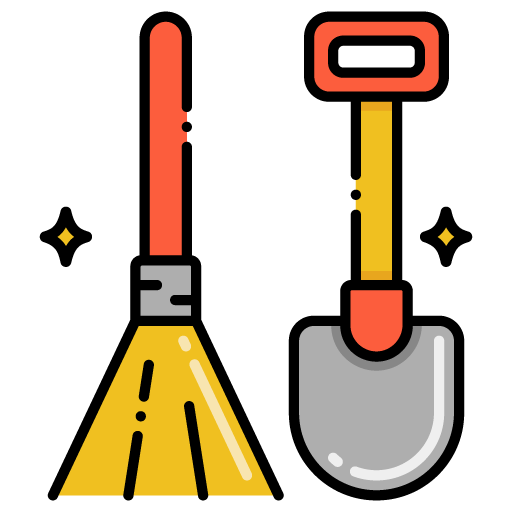

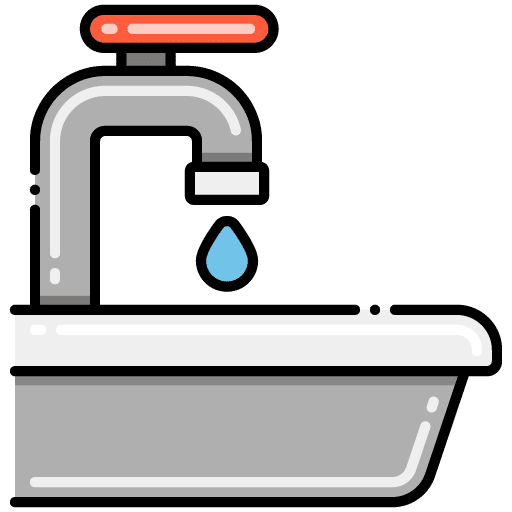
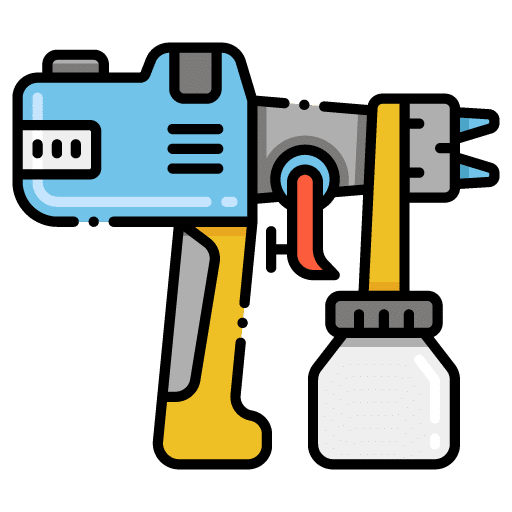

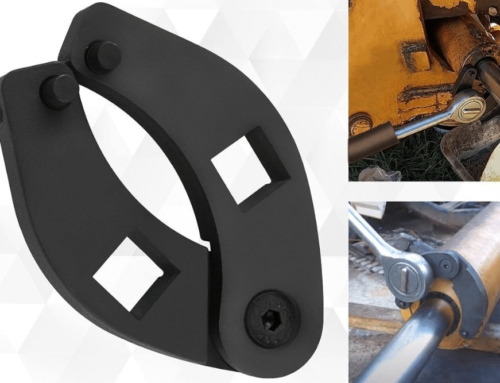
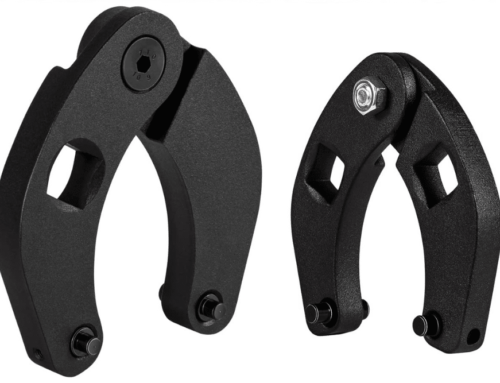
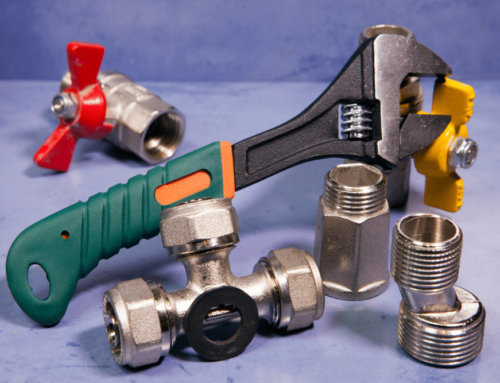
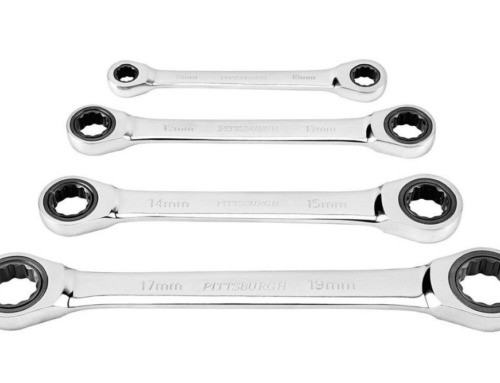
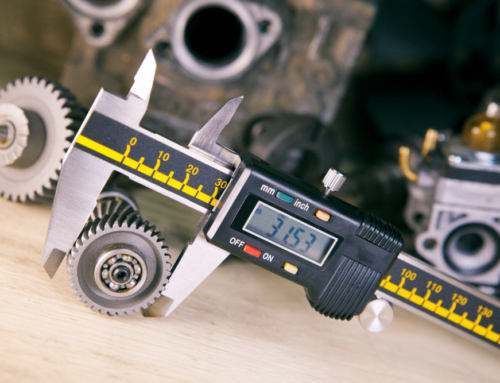
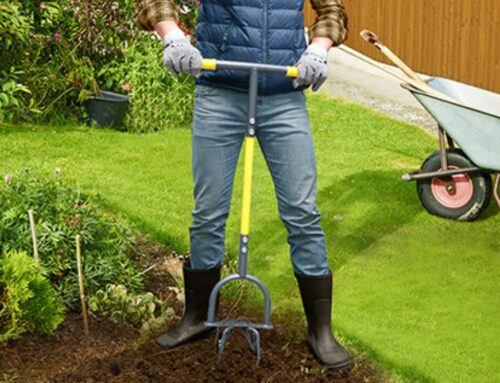
Leave A Comment